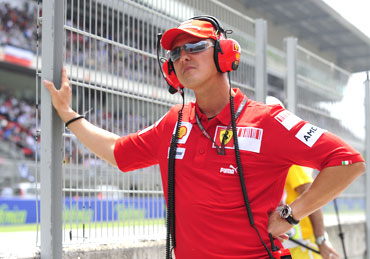
Formula One has tossed the refuelling rigs on the scrapheap, souped-up the scoring system and stretched the starting grid and the race calendar for 2010.
The main aim is to make the glamour sport more exciting and encourage drivers to do their utmost to try to win races, rather than settling for second place and safe points.
Here's a look at the main novelties and changes for the 19-race season, starting in Bahrain on March 14, as well as their likely impact on what happens on the track:
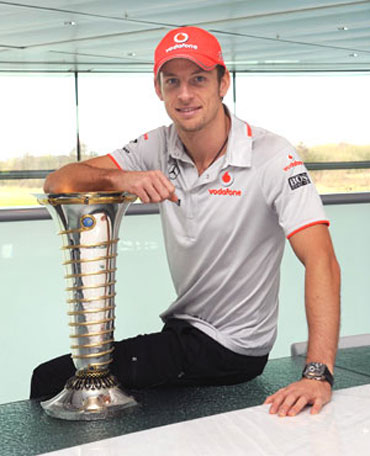
REFUELLING BAN
For the first time since 1993, cars must start with a full tank of fuel to last the entire race. Fuel tanks have increased in size from around 80 litres to 250, and the cars have a longer wheelbase.
Drivers will still have to stop for tyre changes which could now take as little as three seconds and become a key strategic focus.
"I think, looking at testing, we are going to get a lot of very unusual strategies in the race," says world champion Jenson Button. "I think you are going to have some teams trying to stop two or three laps before their rivals so they can get out on new tyres and maybe bump them.
"You'll also have the teams that aren't so competitive trying crazy strategies like pitting after lap one and hoping to run to the end of the race."
With more emphasis on fuel economy, the sport also hopes to present a greener image.
The starting weights of cars will no longer be published.
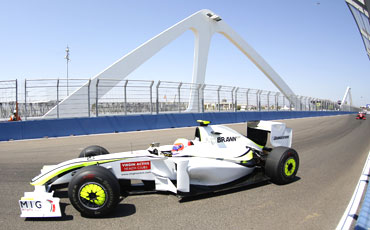
POINTS
The scoring system now looks more like that used in MotoGP, with the top 10 picking up points and the winner getting 25 rather than 10.
The new system adopts a 25-18-15-12-10-8-6-4-2-1 format.
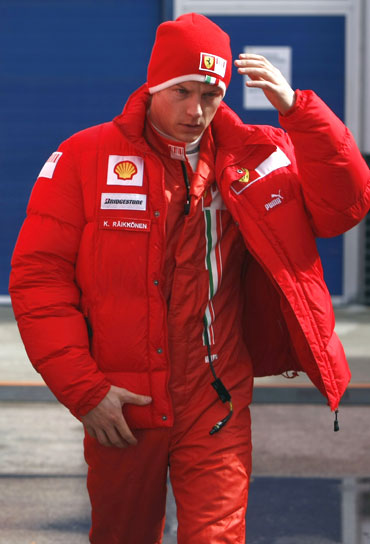
KERS
Teams have agreed not to use the Kinetic Energy Recovery System (KERS) that helped McLaren and Ferrari to win races last season.
The system, used to telling effect by Ferrari's Kimi Raikkonen at Spa in Belgium last year, gave drivers a short extra burst of power at the push of a button. The minimum weight of cars has been raised from 605kg to 620.

TYRES
The front tyres have been made narrower. Compounds will also be harder to compensate for the cars being heavier.
Drivers who reach the third and final phase of qualifying will have to start the race on the same set of tyres with which their grid time was set. This will introduce an additional strategic element to the race.
The number of sets of dry weather tyres allocated to each team per race has been reduced from 14 to 11. One set must be returned after first practice and two after second practice.
Wheel rim covers, used by many in 2009, are not allowed.
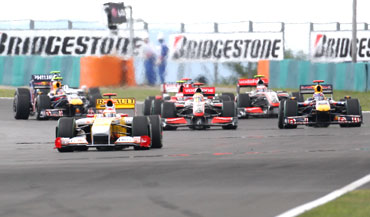
TESTING
In-season testing remains banned but a new regulation allows teams to test a replacement driver if he has not taken part in a Grand Prix in the two previous calendar years.
In such a case, one day of track testing will be allowed at a circuit not used by Formula One and "between the start of the week preceding the second event and the last event of the championship".
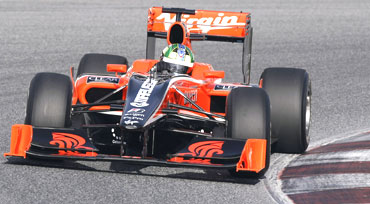
TEAMS AND RACES
The grid has been expanded from 10 teams and 20 cars to 13 teams and 26 cars. Four new teams were given slots - Virgin Racing, Lotus F1, Campos Meta and U.S. F1.
However, there could be only 12 teams in Bahrain with USF1 seemingly unready to race.
Another outfit, Stefan GP, are waiting in the wings with the car designed by Toyota before the Japanese manufacturer pulled out at the end of last year.
The championship has been expanded from 17 to 19 races, with the addition of South Korea and return of Canada.

QUALIFYING
If there are 26 cars, then the slowest eight (instead of five in 2009) will be eliminated after the first qualifying session and a further eight after the second.
All will qualify on low fuel.

STEWARDS
Experienced former F1 drivers will form part of the stewards' panel, with four stewards sitting at each race instead of the previous three.